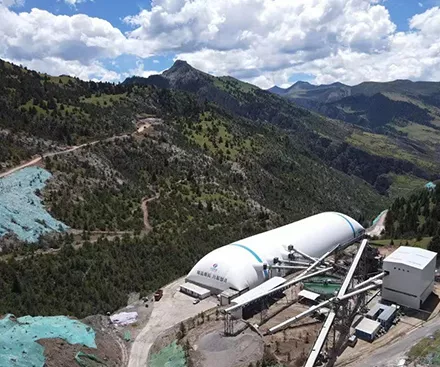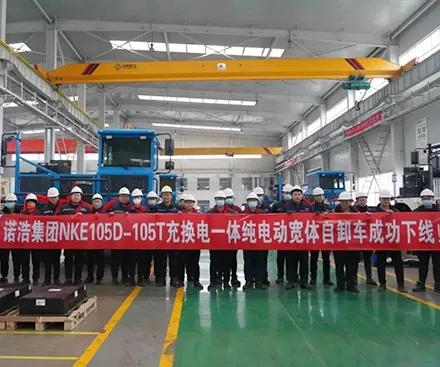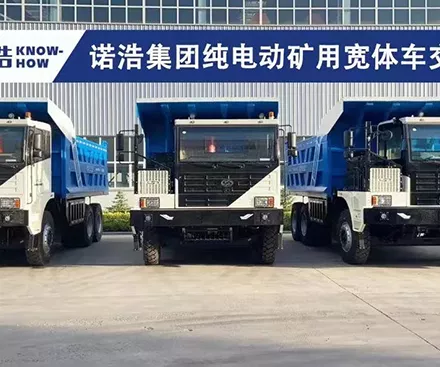The excavator is a piece of heavy operating equipment available in a broad range of sizes, each suited to different types of tasks. Understanding these sizes helps in selecting the right machine for specific job requirements.
A mini or compact excavator is ideal for jobs in tight spaces or tasks that require a lighter machine. Their compact size makes them the easiest to transport between job sites and offers the best fuel efficiency. Common applications include driveway or landscaping projects.
Medium-rated or mid-sized excavators are used when more power is needed. These machines can break into harder surfaces, such as thick concrete foundations. They offer a balance between power and maneuverability, making them versatile for various construction projects.
Large excavators are intended for major industrial projects, such as mining. These intensely powerful machines are capable of handling the most demanding tasks. However, they can be difficult to transport and store if frequent relocation is necessary. Additionally, they are the least economical excavator option, especially regarding fuel consumption.
When deciding between compact construction equipment and standard excavators, consider the following crucial factors:
- Frame Size
- Operating Weight
- Maximum Digging Depth
- Maximum Dump Height
- Bucket Breakout Force
- Tail Swing Configuration
Let’s delve into what these metrics mean before exploring the top mini excavator brands and models.
First, compare the mini excavator's size to the construction site dimensions. Ensure the excavator fits within the space and can operate at the necessary angles to complete the project effectively.
Operating weight refers to the total weight of the mini excavator, including fuel, attachments, and the operator's weight. Consider if the machine is too heavy for the terrain or if it might damage utilities or the ground underneath.
Maximum digging depth is the deepest the mini excavator can reach into the earth. Evaluate how deep your excavator needs to dig without tipping over. Additionally, factor in the maximum vertical dig depth, which indicates how deep the machine can dig a vertical wall safely.
Maximum dump height measures how high the mini excavator's arm can extend to empty a full load without tipping. Compare the maximum dump height to the height of the truck or surface where materials will be dumped.
Bucket breakout force is the power a mini excavator can exert against the material it digs into. Higher breakout force is necessary for breaking into dense materials like concrete, while lower force suffices for loose soil or gravel.
Tail swing design can be zero tail swing or conventional tail swing. Most mini excavators have a zero tail swing configuration, meaning they can rotate within the width of their undercarriage. This design offers greater maneuverability in tight spaces compared to conventional tail swing models, which include a counterweight extending beyond the undercarriage width.
The advantage of zero tail swing in compact models is enhanced maneuverability in small spaces, a common feature in most compact excavators.
The best features of a mini excavator overlap with many essential considerations for any piece of heavy-duty construction equipment. Here are the key questions to ask yourself:
1. Reputable Manufacturer
- Was it made by a reputable manufacturer?
2. Cost-Benefit Analysis
- Is the price appropriate for the benefits gained by its typical project?
3. Fuel Consumption
- How much do fuel consumption costs regularly add to the expense?
4. Compatibility with Attachments
- Is this construction equipment compatible with the right attachments?
5. Hydraulic Power
- Does the machine's hydraulic power provide high enough capacity to carry heavy loads?
6. Engine Performance
- Does this equipment have sufficient engine speed?
7. Operator Maneuverability
- Is the cab designed to allow the operator to maneuver the machine as needed?
8. Power Source Preference
- Do you prefer fuel-powered or electric mini excavators?
The top mini excavator brands -- you won't be shocked to find -- are built on the same high-performance reputations for making construction equipment of all types.
The first mini excavator ever made was the Takeuchi TB1000. This mini excavator was made in Sakaki Japan in 1971 and was designed with the digging depth required for home foundations. Compact excavators have evolved greatly since 1971.
John Deere
Kubota
Yanmar
Sany
Bobcat
Komatsu
Caterpillar
Wacker Neuson
Know-How designs a variety of machine types and models for the mining industry, including Dump Trucks, Electric Wheel Loaders, Excavators, and other equipments. For more information, please contact us. We will provide professional answers.

Jul. 23, 2022
View More
Jun. 15, 2022
View More
Jun. 01, 2022
View More